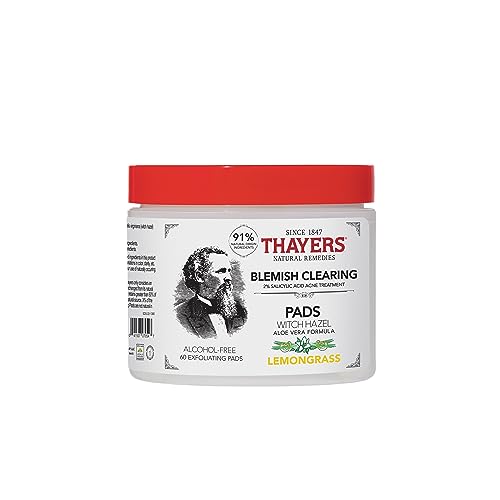Views: 0
All products featured on Glamour are independently selected by our editors. However, when you buy something through our retail links, we may earn an affiliate commission.
Milk is a hot topic. Whether we’re talking about the almond and oat varieties that you put in your latte or the buzzy milky nail trend that celebs have been loving, there’s no denying that dairy (and non-dairy) is in demand. Even the “Got Milk?” slogan is on trend again. And it doesn’t stop there. Now, it’s all about the milky skin care craze, and while it may sound like a passing fad, the products offer up some serious benefits for your skin.
You may already be participating in the milk trend without even knowing it—if you have a formula called “lait” in your lineup, that’s the French word for milk and often refers to the consistency of a product. Less obscure, though, are formulas that straight up say “milk” on them like Hailey Bieber’s new Rhode Glazing Milk. (Because of course she’s right on trend and of course, she worked glazed into the title–glazed donuts and milk…Bieber is clearly onto something.)
To learn more about the milk skin care trend and whether or not it’s better left for dunking Oreos than slathering on our face, we went to top skin pros.
What is milk skin care?
For the most part, the trending skin care formulas are free of dairy and their name is in reference to the fact that they “visibly resemble milk in color and apply with a milk-like texture and consistency,” says Deanne Mraz Robinson, MD, a dermatologist and co-founder of Modern Dermatology in Westport, Connecticut.
Amy Wechsler, MD, a dermatologist and psychiatrist whose eponymous dermatology practice is in New York City, says the name also has to do with the feeling of these products because many formulas will have a fluid consistency that is reminiscent of actual milk. Dhaval Bhanusali, MD, a dermatologist, and founder of Hudson Dermatology and Laser Surgery in NYC describes them as “light, airy, minimalistic formulas.”
In addition to being called “milk,” some of these milky formulations will actually have milk or milk-derived ingredients in them, says David Petrillo, a cosmetic chemist in Reno, Nevada and founder of the skin care brand Perfect Image. “Milk has been used for centuries as a natural beauty remedy due to its beneficial properties for the skin.” You’ve likely heard of Cleopatra’s beauty ritual that involved bathing in milk for the exfoliation properties of lactic acid. “It contains essential nutrients like vitamins A, D, E, and calcium, which can nourish and hydrate the skin.”
Who should be using milky skin care and how does it benefit the complexion?
“Anyone can use a skin milk,” says Dr. Weschsler. Dr. Bhanusali adds that these kinds of formulas often support the skin barrier and can be helpful in acne-prone skin. So, in most cases, they’re on the gentler side.
“Skin milks are especially good to explore if you have dry or sensitive skin,” says Dr. Robinson. “They are excellent at soothing and strengthening the skin barrier—the outermost layer of our skin—which helps to keep irritants out and regulate skin hydration.” (But if you’re ever worried about whether your skin can handle a new skin care formula, it’s always wise to consult with your dermatologist or do a small patch test ahead of slathering it on your face.)
How can you incorporate skin milk into your routine?
“Skin milk products are typically not meant to replace toners or moisturizers but rather complement them as part of a skin care routine,” says Petrillo. And they come in many forms, from cleansing milks to body milks and everything in between.
“If you have sensitive skin I would start by trying a milky cleanser, which is a great way to wash away the day without overly stripping the skin of its natural oils,” says Dr. Robinson. There are plenty of calming and nourishing formulas along with others that provide a rich, creamy lather.
“I tend to not recommend traditional toners, which are alcohol based and dry your skin out,” says Dr. Bhanusali. “The essence [or milk toner] is meant to do the opposite—hydrate and nurture the skin.” He recommends using one right after cleansing as the first step in your routine. There are hydrating formulas with pumps and even spray formats that can be used as a refresh throughout the day.
Dr. Bhanusali recommends milk as part of your retinol sandwich. Hear us out: The sandwiching technique refers to the layering of a moisturizer followed by retinol and finished with another layer of moisturizer on top. This is a beloved derm hack for tempering the drying and irritating side effects of retinol. Dr. Bhanusali says using a milk formula in the place of a heavy moisturizer is smart in the summer months when you don’t want too much sitting on your skin.
As a general rule of thumb, Dr. Robinson says, “you want to apply skin care products in order of lightest weight to heaviest. So depending on what else you’re using in your routine, you may need to adjust the order if you introduce a lightweight skin milk.”
Find a few of our favorite milky skin care products, below.
Payot Cleansing Micellar Milk
BYOMA Milky Oil Face Cleanser
Thayers Natural Remedies Milky Hydrating Face Toner with Snow Mushroom and Hyaluronic Acid
Embryolisse Lait Creme Concentre
John Masters Organics Body Milk with Blood Orange & Vanilla










